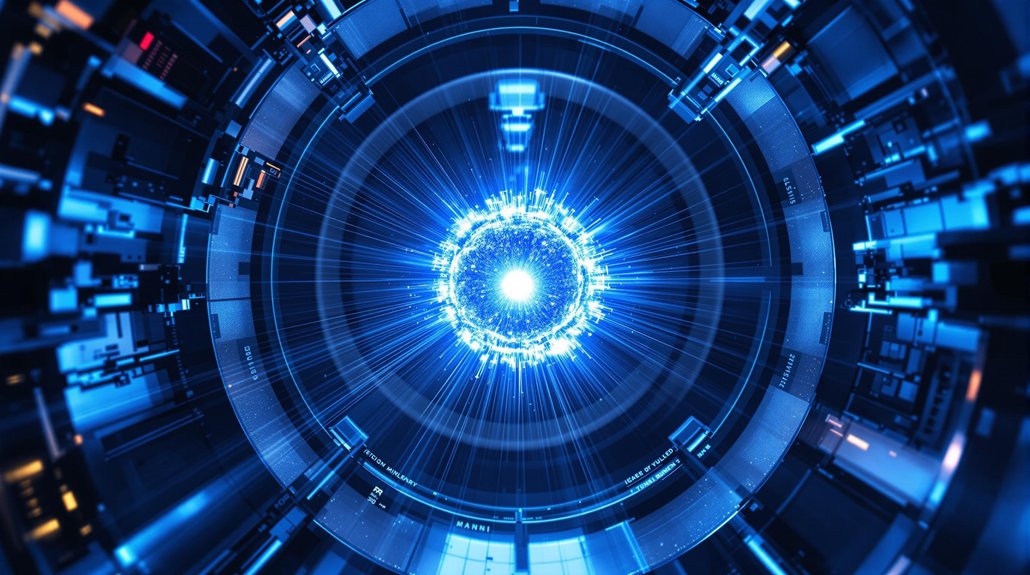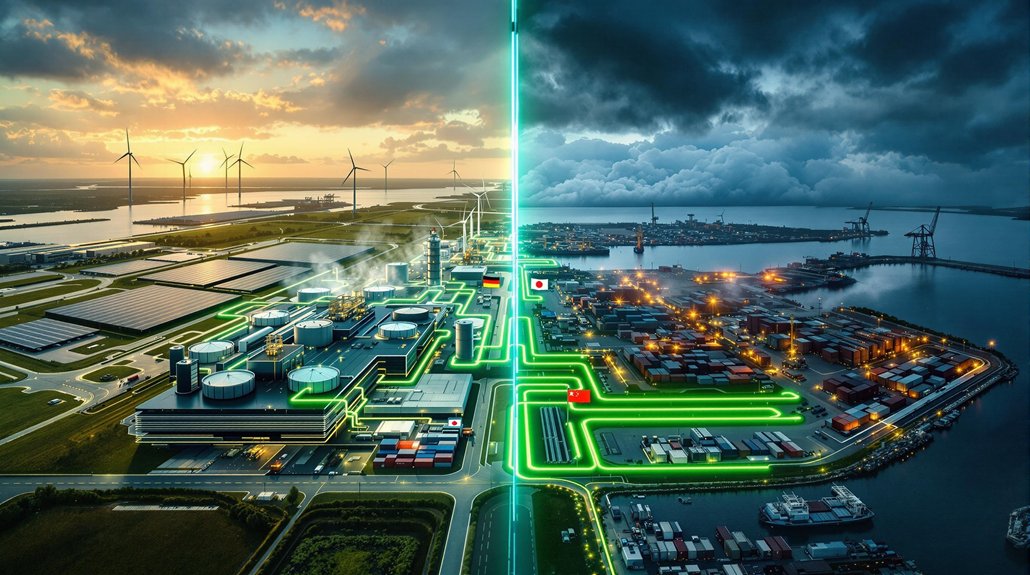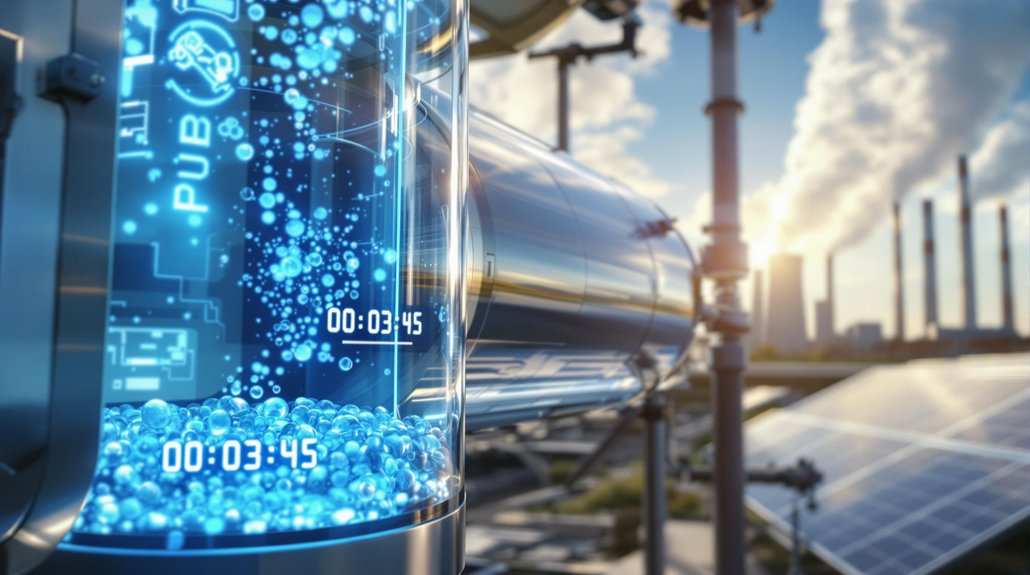Interlune, founded by ex-Blue Origin executives, is chasing lunar helium-3. The isotope, abundant on the moon but rare on Earth, could power fusion reactors without radioactive waste. Their $18 million gamble involves heating moon dirt to 700°C, extracting helium-3 at just 20 parts per billion. Sounds crazy? Maybe. But with missions planned for 2026 and potential worth billions per ton, this moon mining venture might not be so loony after all.
Blasting past the constraints of Earth’s dwindling resources, former Blue Origin executives Rob Meyerson and Gary Lai have set their sights on the Moon’s surface—not for flags or footprints, but for helium-3. Their startup, Interlune, has already secured $18 million in funding to chase this rare isotope. Ambitious? Sure. Crazy? Maybe not.
Helium-3 isn’t just some fancy space gas. This stuff—two protons, one neutron—could literally power fusion reactors, revolutionize medical imaging, and supercharge quantum computing. It’s practically nonexistent on Earth but sprinkled across the lunar surface like cosmic dandruff. Go figure.
Don’t dismiss extraterrestrial elements—lunar helium-3 could be the cosmic jackpot our technology desperately needs.
The extraction process sounds straight out of a sci-fi novel. Dig up lunar dirt three meters deep, heat it to a toasty 700°C, separate the helium-3, and ship it back to Earth. Simple, right? Not exactly. The team faces massive technical hurdles: designing Moon-worthy excavation equipment, creating compact separation systems, and somehow making the economics work. All while operating in an environment that’s basically trying to kill you.
Scientists estimate there’s at least one million tons of helium-3 hiding in the Moon’s surface—enough to theoretically power our planet for centuries. The concentration is minuscule—about 20 parts per billion—but when something’s potentially worth billions per ton, that math starts looking pretty interesting.
Interlune aims for a demonstration mission by 2026. Ambitious timeline? You bet. But if they succeed, the payoff could be astronomical. Literally.
Of course, there’s the small matter of who actually owns the Moon’s resources. International law is fuzzy at best. Environmental concerns exist too—though it’s hard to worry about lunar pollution when we’ve thoroughly trashed our own planet.
The big question remains: Can they make money? High infrastructure costs, uncertain markets, and competition from traditional energy sources make this a high-stakes gamble. Unlike renewable sources, which currently provide 11.4% of global energy, helium-3 fusion remains theoretical but potentially game-changing. But then again, what space venture isn’t? Sometimes the most valuable resources are the hardest to reach. Current extraction proposals would require rovers with impractical power capacity to effectively process the regolith on the lunar surface. The company plans to establish a pilot plant by 2028 with the goal of extracting helium-3 for commercial use soon after.









